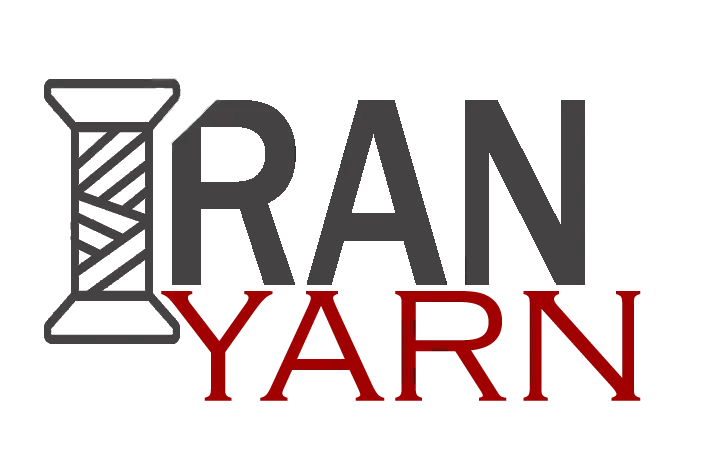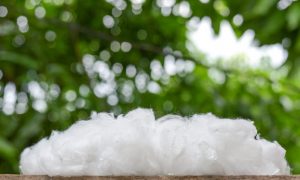
Polester fiber
Polyester fiber was first created for mass use by the DuPont Corporation, which also created other popular synthetic fibers like nylon. During World War II, the Allied powers needed more fibers for parachutes and other war materials, and after the war, DuPont and other American corporations found a new market for their synthetic materials during the postwar economic boom.
Initially, consumers were excited about polyester's enhanced durability compared to natural fibers, and these benefits remain relevant today. However, in recent decades, the detrimental environmental impact of this synthetic fiber has been extensively highlighted, leading to a significant shift in consumer perception of polyester.
Ethylene polyester (PET) is the most commonly produced type of polyester fiber. PET is mainly made from ethylene, which is derived from petroleum. In the production of polyester fiber, ethylene acts as a polymer that reacts with other chemicals to form a durable fibrous material.
Polyester Fiber Types
- Filament: Polyester filaments are continuous fibers that create smooth and soft fabrics.
- 2. Fiberfill: Fiberfill consists of continuous polyester filaments designed to maximize volume for bulky products such as pillows, outerwear, and stuffing for stuffed animals.
- Staple: Polyester staples are similar to the staples used in cotton yarn production, and like cotton staples, polyester staples are typically spun into a yarn-like material.
- 4. Tow: Polyester tow is similar to polyester filament, but in polyester tow, the filaments are loosely arranged together.
Global fiber demand, including cotton, polyester, viscose, nylon, olefin, acrylic, silk, and wool, totals around 100 million tons. Polyester alone makes up approximately 55 million tons, making up nearly 55% of the total fiber demand. In the 90s, polyester accounted for about 50% of the demand. This significant increase reflects the versatility, affordability, and expanding range of polyester applications.
Production process
The process of producing polyester fiber involves a series of chemical reactions. It starts with the reaction of ethylene glycol with dimethyl terephthalate at high temperatures, which produces a monomer. This monomer is then combined with dimethyl terephthalate once again to create a polymer.
The molten polyester polymer is then extruded from the reaction chamber in long strips. After cooling and drying, the strips are broken down into small pieces. These small pieces, also known as chips, are melted again to create a substance similar to honey. The substance is then extruded through a spinneret to produce fibers.
Uses of polyester fiber
- Automotive
- Personal Care
- Home Textile
- Fashion
- Sportswear
- Fleeces
- Coats and anoraks
- Footwear
- Sewing threads
- Soft furnishings and upholstery
- Textiles
- Luggage and other bags
Polyester fibers are a popular choice for apparel due to their thermoplastic nature. This allows 100% polyester fabrics to be given permanent pleats and decorative shapes, and patterns can be laser-cut into them. Additionally, they are highly stain-resistant, making them great for cleaning. Polyester fabric is often smooth and almost silky to the touch, and the fibers can be woven or knitted to make the fabric, with knitting maximizing its flexibility. It is a naturally bright fiber and can be easily modified for various uses.
Iran Yarn Company has been importing and exporting polyester fibers for over 20 years and is available to help customers with the issue proforma and importation process.





